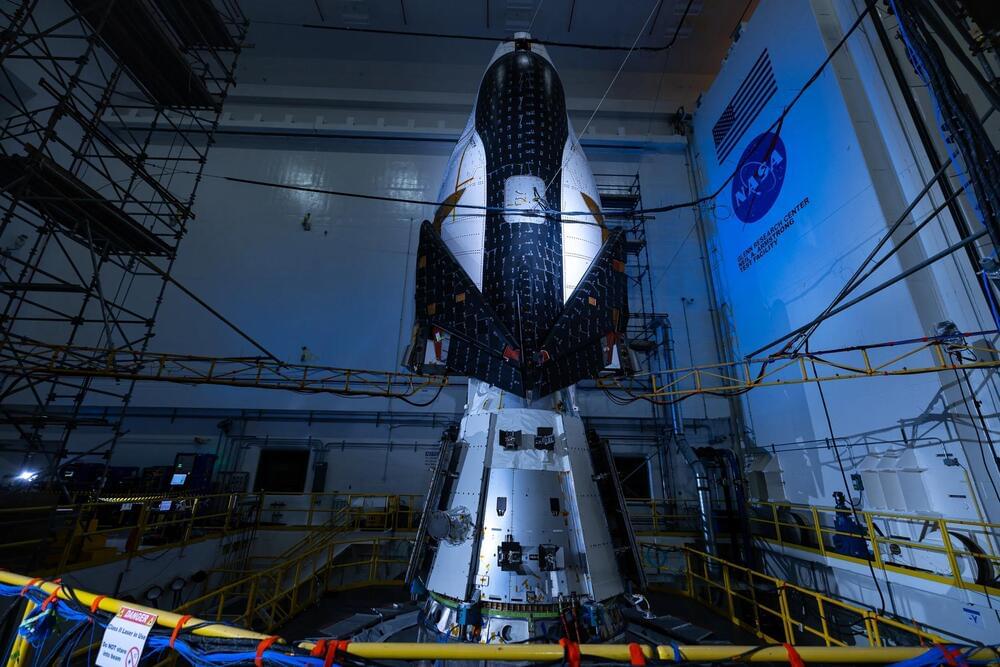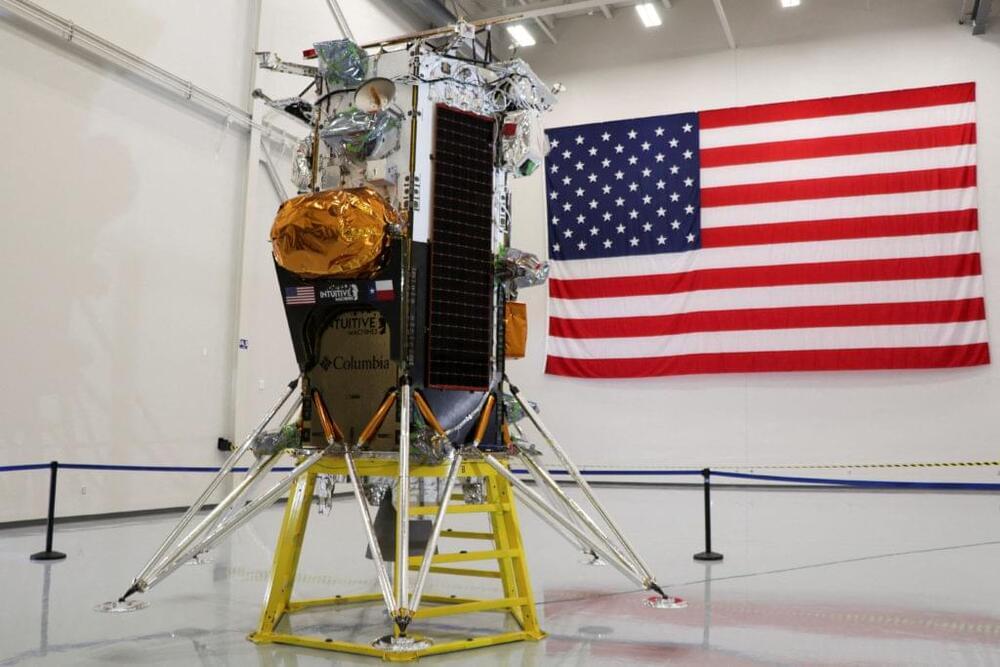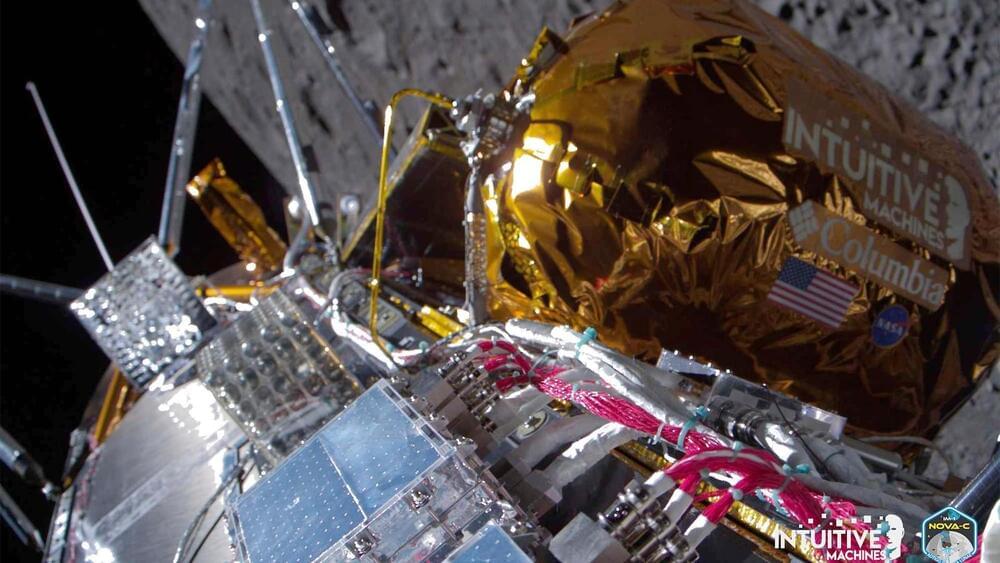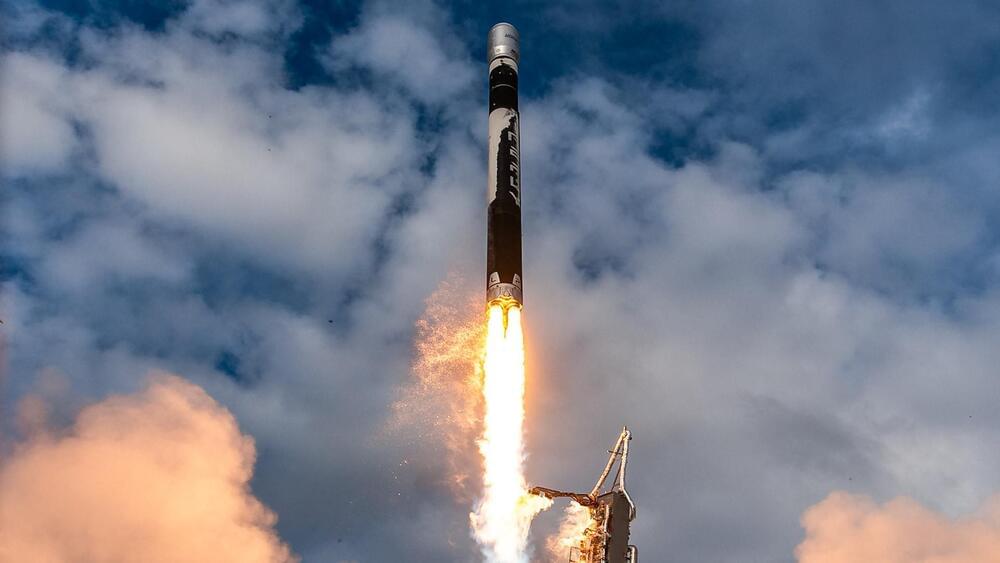Feb 25, 2024
Luxury space-tourism company shows off its capsule designed to float to the edge of space with a massive balloon
Posted by Genevieve Klien in category: space travel
The latest offering in space tourism promises to be a lot less bumpy.
Space Perspective, a Florida-based startup, recently unveiled a test capsule for its new Neptune spacecraft. Neptune is expected to start carrying passengers into the stratosphere — using a massive balloon, instead of rockets — as early as next year.
The company touts the pressurized Neptune capsule as “the largest human spacecraft in operation” aside from space stations like the ISS. It also says Neptune is the third commercial suborbital spacecraft to ever be built, after Virgin Galactic’s SpaceShipTwo space plane and Blue Origin’s New Shepard crew capsule.


















